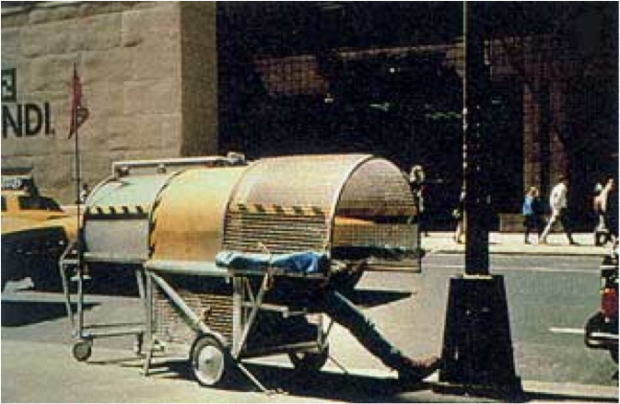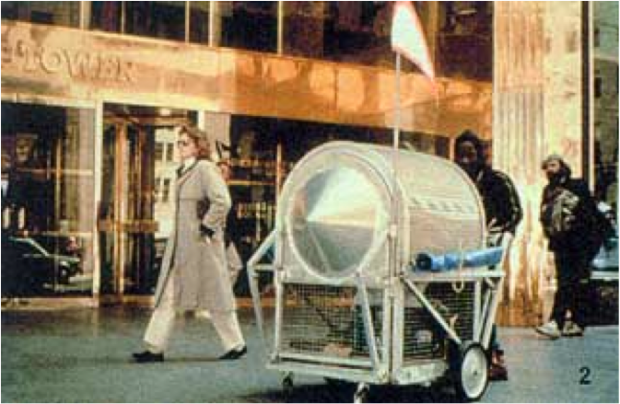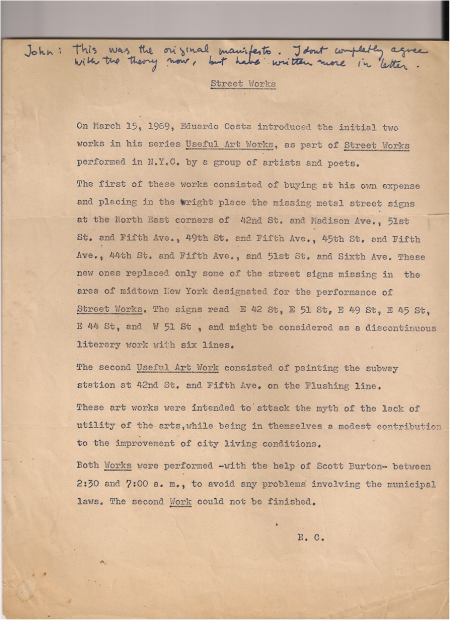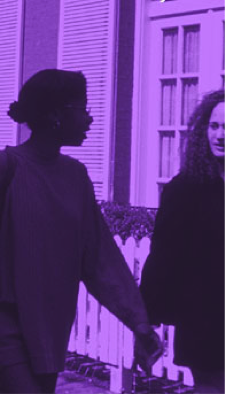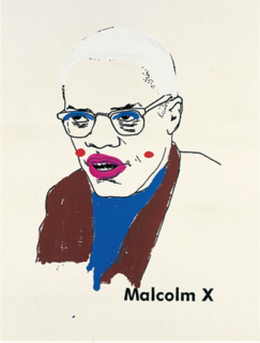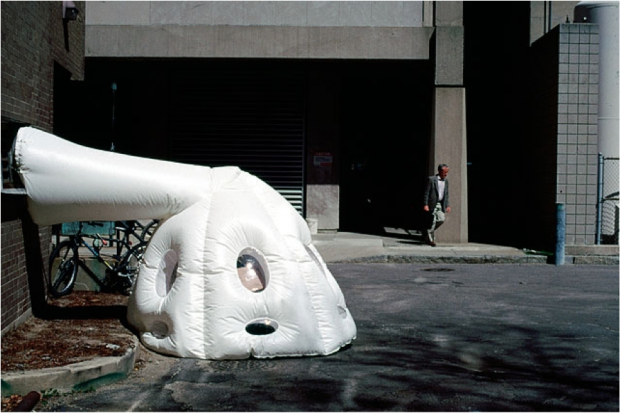
Michael Rakowitz – paraSITE
ParaSITE: Custom built inflatable shelters designed for homeless people that attach to the exterior outtake vents of a building’s Heating, Ventilation, and Air Conditioning (HVAC) system. The warm air leaving the building simultaneously inflates and heats the double membrane structure. Built and distributed to over 30 homeless people in Boston and Cambridge, MA and New York City.
PARASITISM IS DESCRIBED AS A RELATIONSHIP IN WHICH A PARASITE TEMPORARILY OR PERMANENTLY EXPLOITS THE ENERGY OF A HOST.1
paraSITE proposes the appropriation of the exterior ventilation systems on existing architecture as a means for providing temporary shelter for homeless people.


